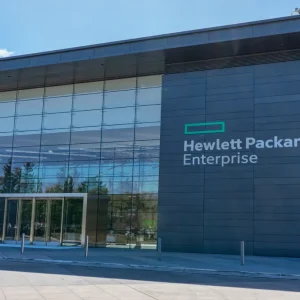
Microsoft has signalled its support for the connected home by signing up to a collective looking to establish standards for the Internet of Things.
The software titan has become the latest company to join the AllSeen Alliance, a group that includes major industry players such as Panasonic, LG and Sharp among its 50-plus members, it confirmed.
The move follows Microsoft’s decision to begin selling connected devices from home automation firm Insteon earlier this year, and could mean that the introduction of Windows-branded smart home technology may be introduced soon.
The group, a non-profit collaborative project from The Linux Foundation, is looking to drive the widespread adoption of products, systems and services that support the Internet of Things (IoT), which includes so-called ‘smart home’ technology.
It plans to do this using an open-source framework based on Qualcomm’s AllJoyn technology, which looks to establish common standards to allow different devices to talk to each other more effectively.
Qualcomm, which supplies the processors and modems for many of the leading mobile devices on the market today, has heavily invested in development for IoT, seeing the connected home and car as particularly key growth areas within the next few years.
The company wants to establish standards and guidelines for the technology and devices that will run off the IoT, which it hopes will speed up and improve the development and continued introduction of new devices.
The AllSeen Alliance looks to provide a community where companies and manufacturers can trade ideas around improving the Internet of Things. Other major members include the likes of Red Bend, Symantec, and Razer.
Asides from Microsoft, however, other major technology companies have been reluctant to choose a standard, however, with Reuters reporting that some of Qualcomm competitors could launch a rival standards consortium as early as next week, according to an industry source familiar with the plans.
Last month, Apple announced its HomeKit platform, which will let iPhone and iPad users to use their devices as remote controls for the home, controlling aspects such as heating or brightness.






